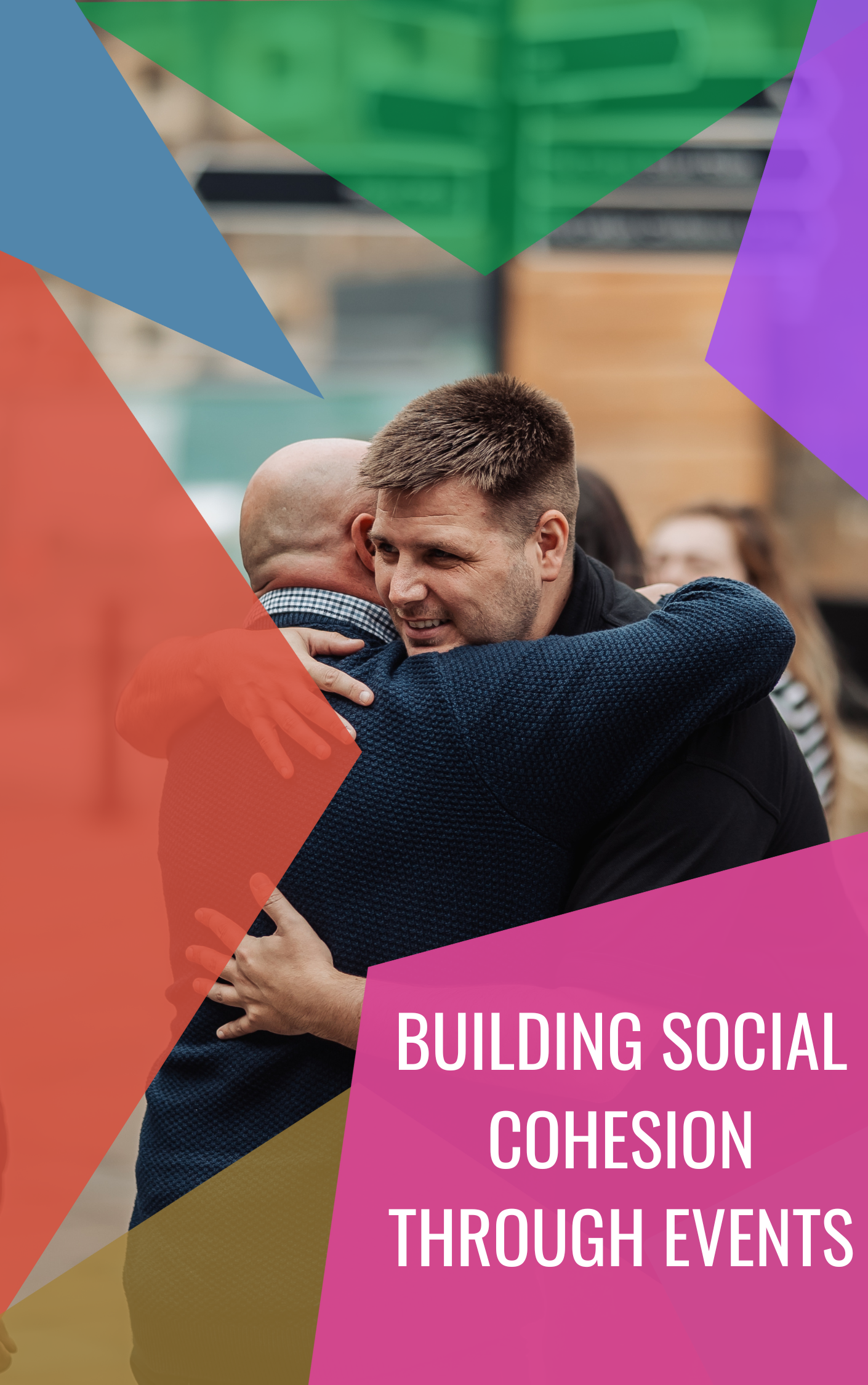Major events have the power to inspire, but with the right planning, they can also create real opportunities for people who are least active to overcome barriers and take their first steps toward a healthier, more active lifestyle.

Increasing physical activity using events

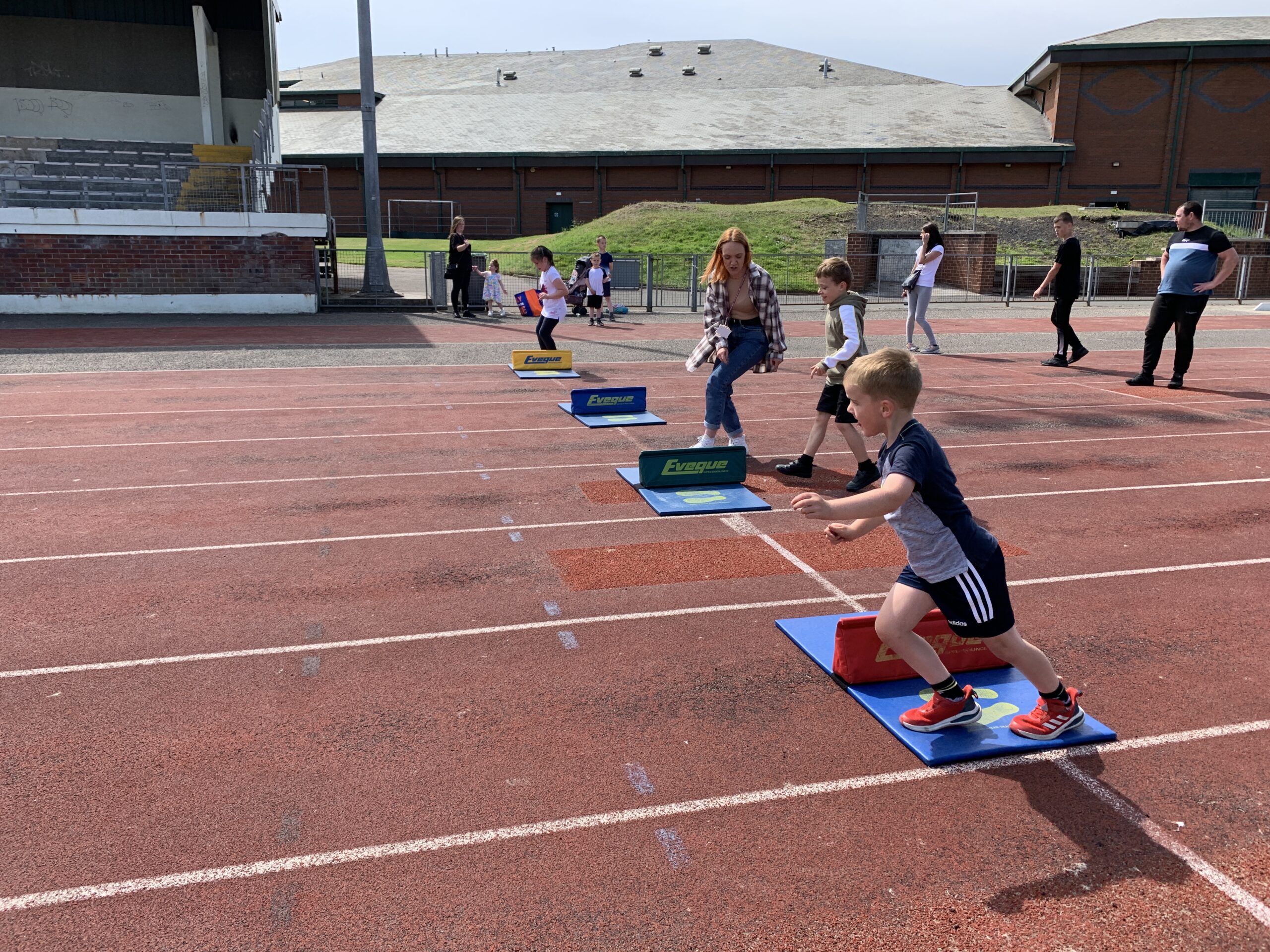
Major events have the power to inspire, but with the right planning, they can also create real opportunities for people who are least active to overcome barriers and take their first steps toward a healthier, more active lifestyle.
But this does not happen automatically. Whether you’re planning a local festival or a national sporting event, we’ll show you how to use the spark of an event to create lasting pathways to participation for those who need it most by using the resources on this page.
Resources to help you get started
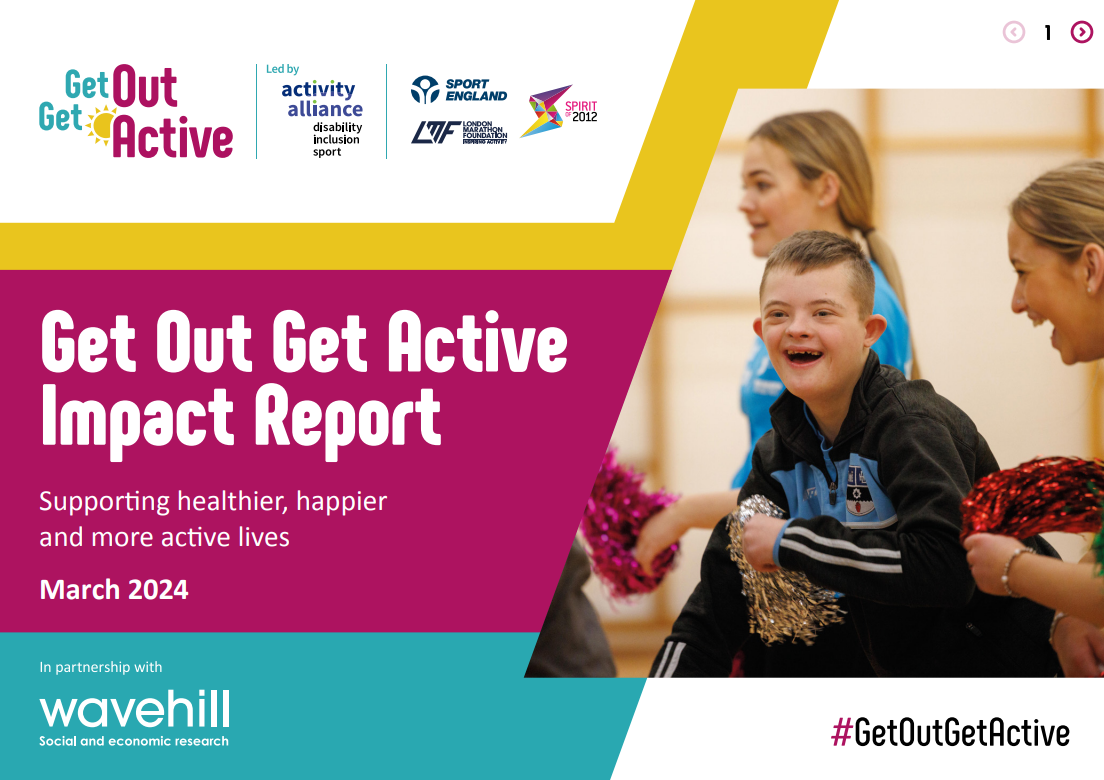
1Get Out Get Active Impact Report
Get Out Get Active (GOGA) was Spirit of 2012’s biggest grant, delivered with Activity Alliance and partners across all four nations. Our response to the Rio 2016 Olympic and Paralympic Games, GOGA shows that by focusing on the least active individuals in communities, you can make a meaningful difference to participation. Spanning 39 locations, GOGA was a nationwide effort to design physical activity programmes that can support disabled and non-disabled people to participate together, with their families and friends. Check out the project page, showing how GOGA successfully supported inactive people into sustained activity, and created £3.70 in wellbeing cost effectiveness benefits for every £1.
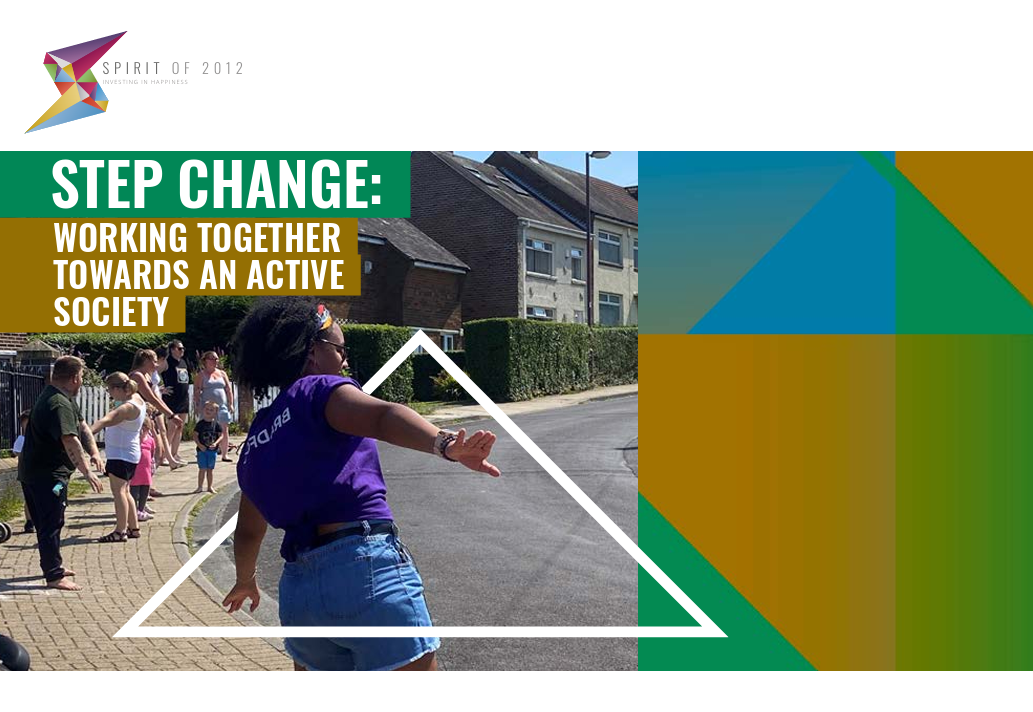
2Step Change
This report brings together evidence from our ‘Active’ funding portfolio alongside polling and focus groups with people across the UK. The report identifies eight key principles for successfully increasing physical activity among the least active: adopt a person-centred approach, focus on wellbeing, support small, realistic steps, make activities fun and social, embed activity into daily routines, use effective and relatable communication, build partnerships beyond sport, and invest in skilled staff and volunteers. These principles should guide policy and programme design, recognising that tailored, inclusive, and collaborative approaches are essential for sustained impact, especially among groups facing the greatest barriers to participation. You can read the full report or the executive summary, or hear directly from focus group participants in this short video.
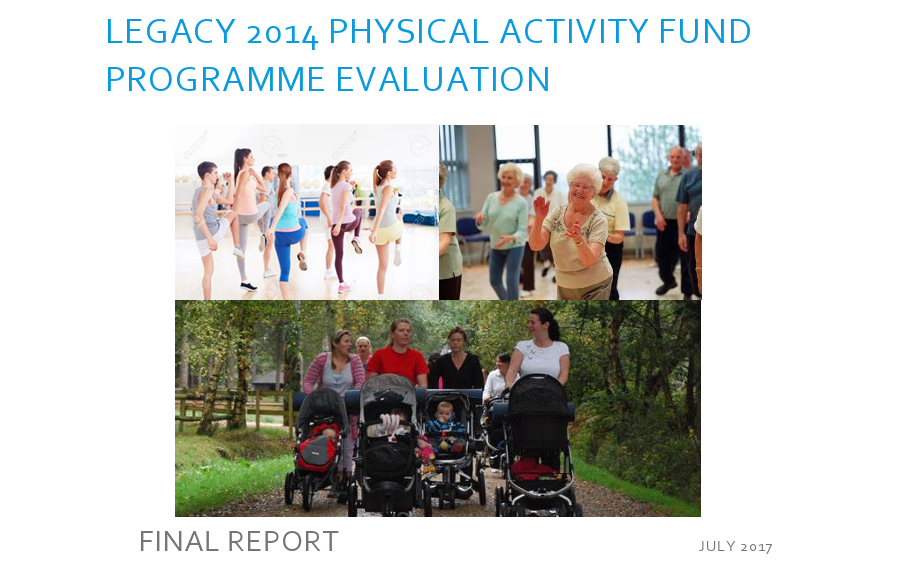
3Legacy 2014
Major events community programmes don’t have to be about hitting sky-high participation targets. Sports events provide an excuse to do things differently, test new approaches, and alert organisations outside the sports sector to the power of working in partnership. See how the Scottish Government used the Glasgow 2014 Commonwealth Games to work with community partners to test new approaches to reaching inactive people, bringing them together to share learning about what worked – and what didn’t.
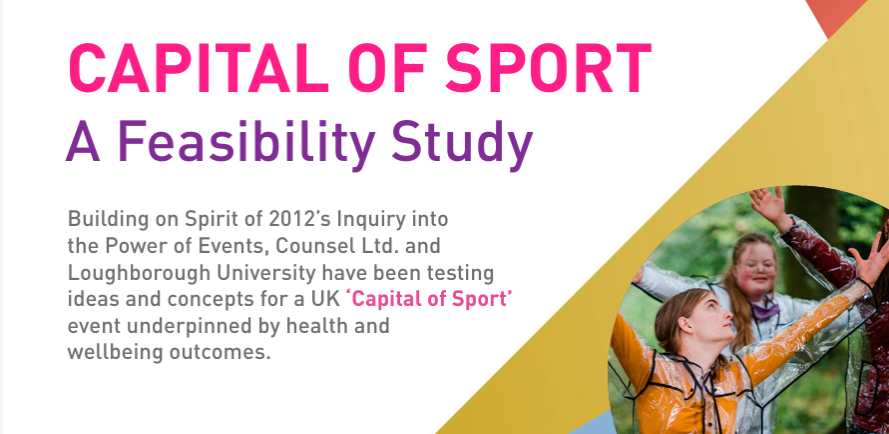
4Capital of Sport Feasibility Study
The UK Cities of Culture competition has demonstrated the power of a place-based, year-long arts events can drive social change. How might a similar model work for sport and physical activity? This feasibility study by Counsel and Loughborough University explores different ways of delivering a UK Capital of Sport programme, with a focus on health and wellbeing.
Practical steps to engage inactive people
Summary – steps to make sure your event can make a real difference:
- Start with the barriers: Identify what’s stopping people from being active in your community. Is it cost? Transport? Confidence? Build solutions into your event plan.
- Work with trusted partners: Collaborate with local organisations that already have strong relationships in the community. They’ll help you reach the people who need it most.
- Focus on small wins: Success isn’t about big numbers. It’s about creating meaningful, manageable opportunities for people to take their first steps toward activity.
- Think beyond the event: Use the momentum of your event to create pathways for ongoing participation. What happens after the event ends?
Key lessons from experience
We’ve worked with practitioners across the UK to understand what works when it comes to engaging inactive people. Here’s what they’ve learned:
- Set realistic goals: Be clear about what your event can achieve. Are you aiming to reduce inactivity, or is your focus on raising awareness or building community?
- Measure what matters: Don’t just count participation numbers. Look at long-term outcomes like improved wellbeing, increased confidence, or stronger community connections.
- Learn and adapt: Use your event as a chance to test new approaches. What works in one community might not work in another, so be ready to adjust.
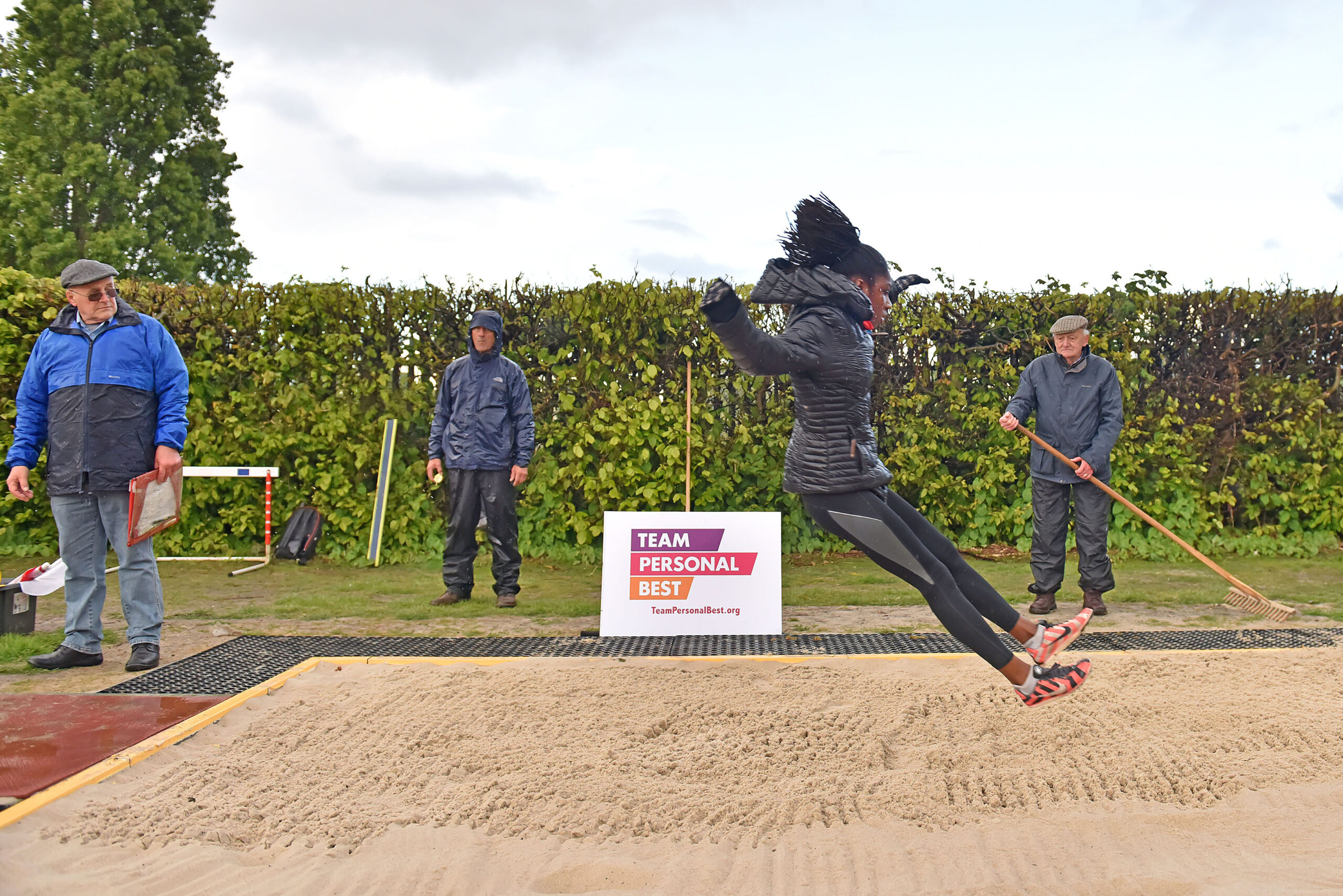
More Starter Packs
Creating Long-term Impact For Events
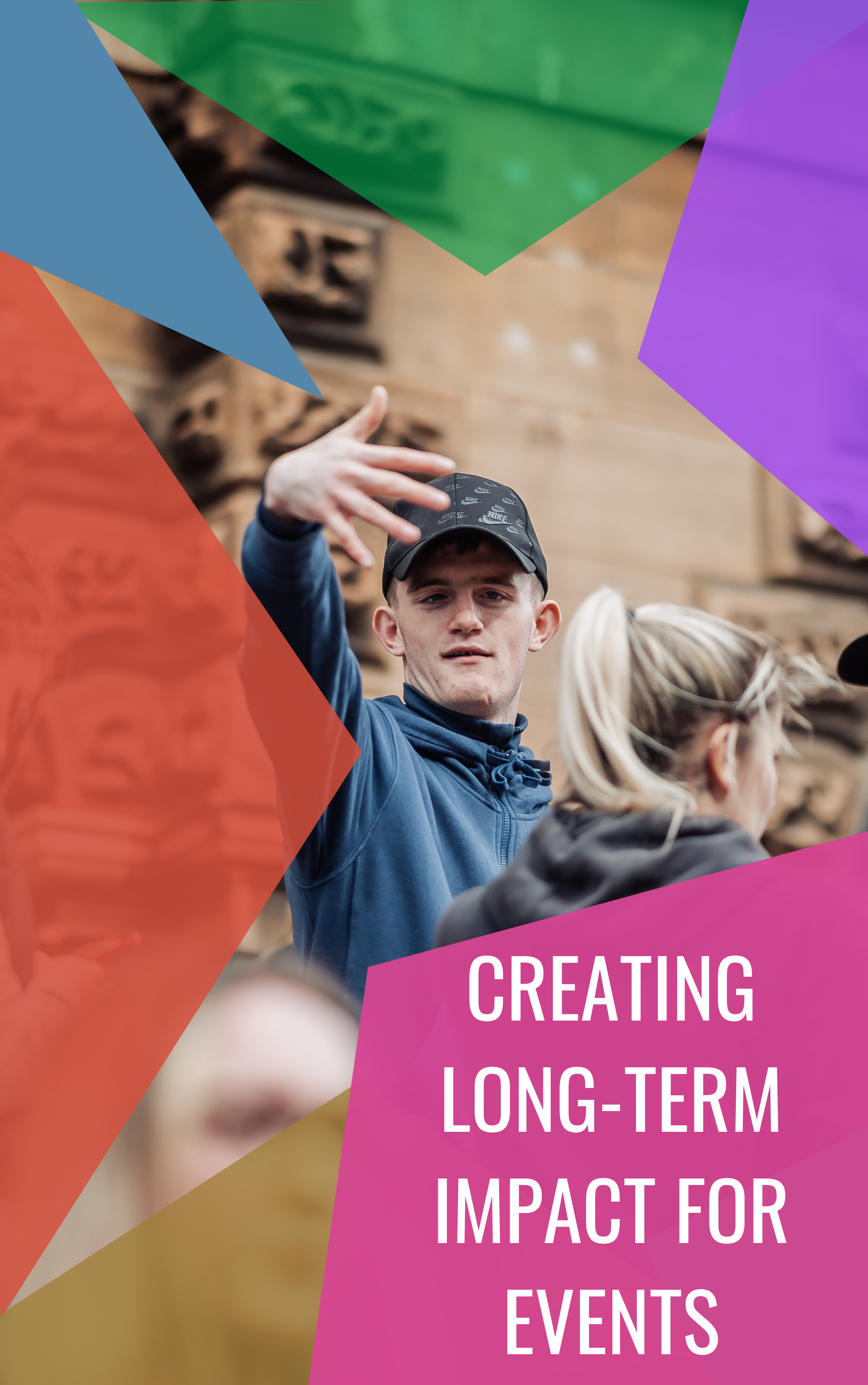
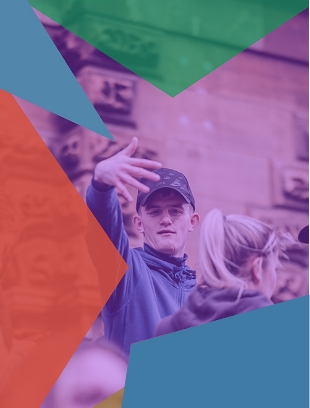
Creating Long-term Impact For Events
Designing Inclusive Events
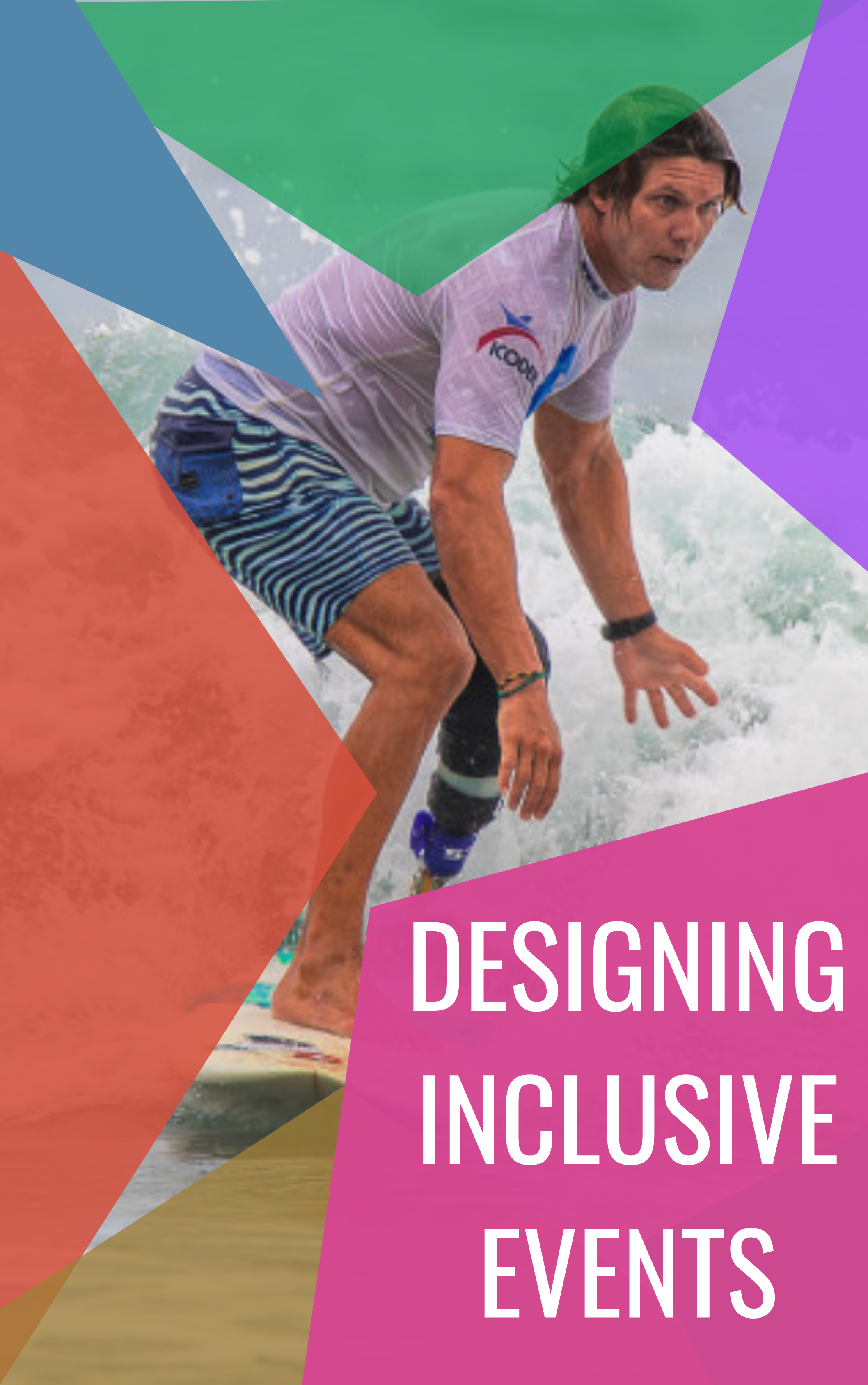
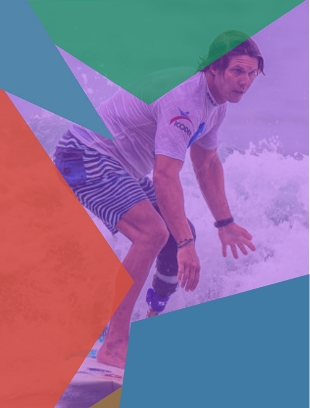
Designing Inclusive Events
Improving Event Evaluation
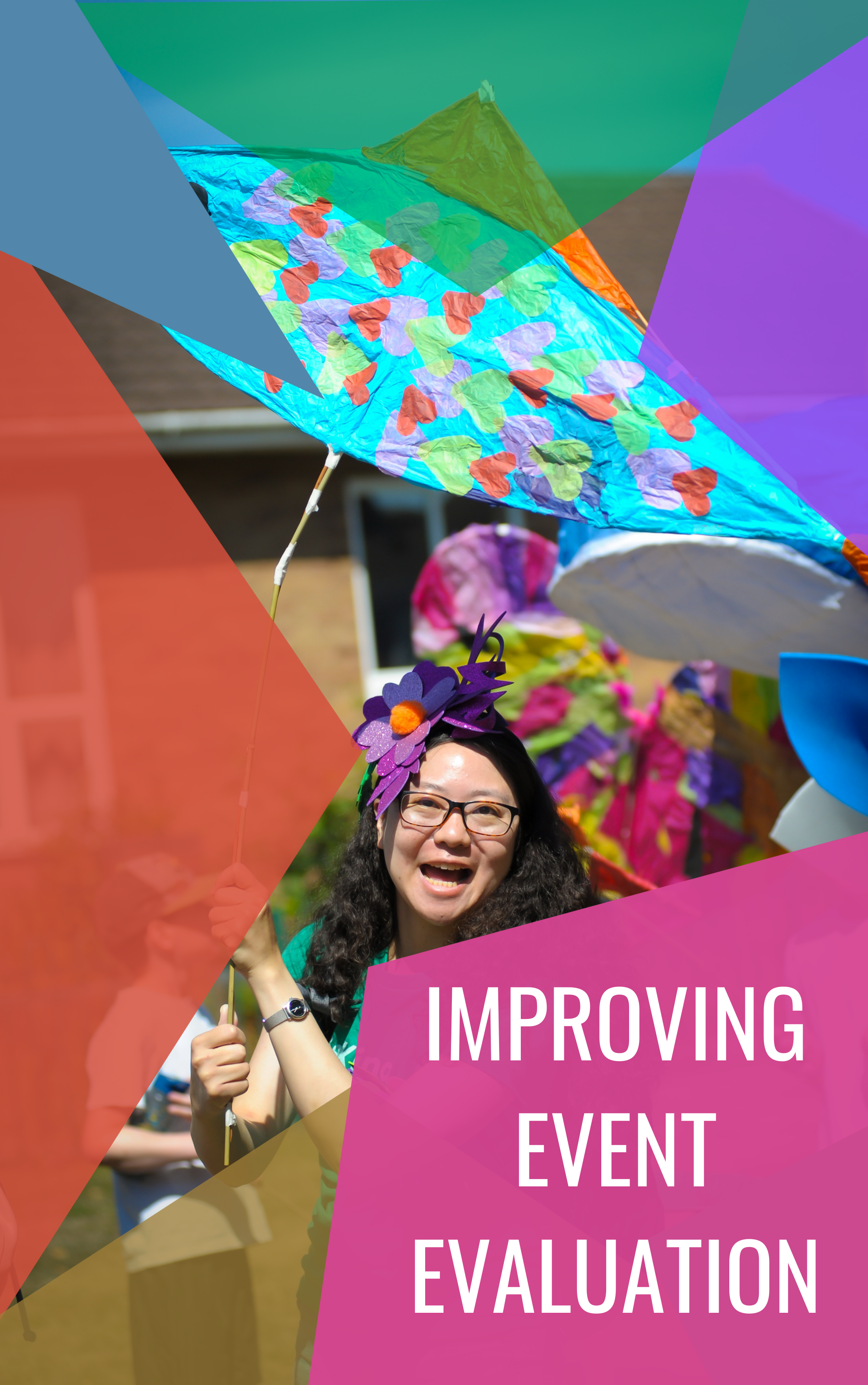
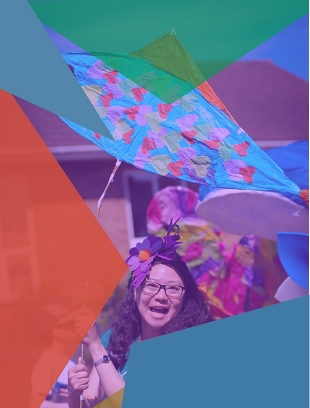
Improving Event Evaluation
Embedding and evaluating wellbeing in your projects
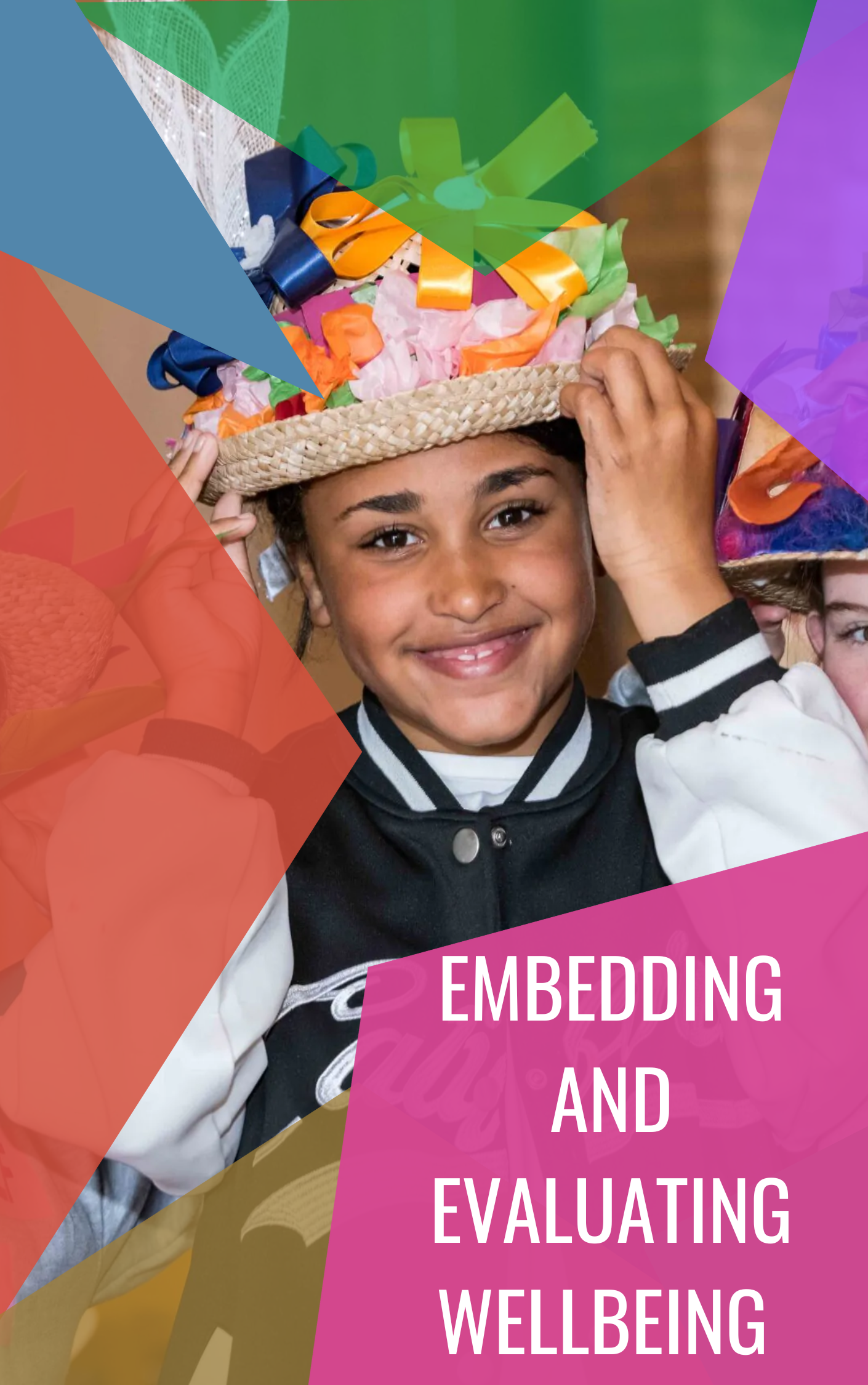
Embedding and evaluating wellbeing in your projects
Building social cohesion through events
